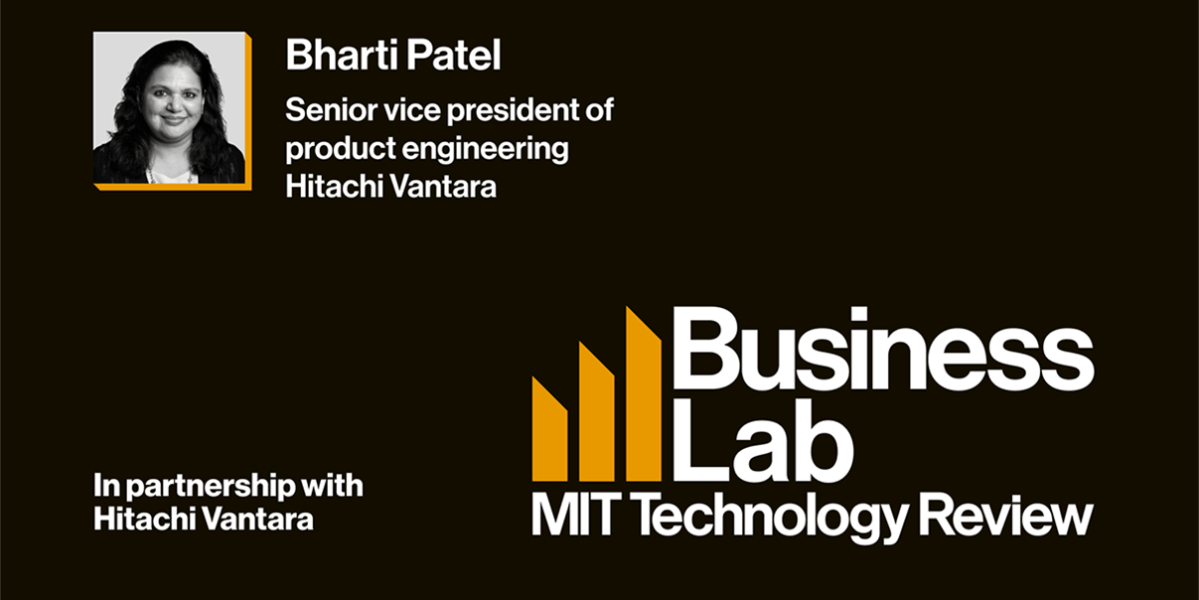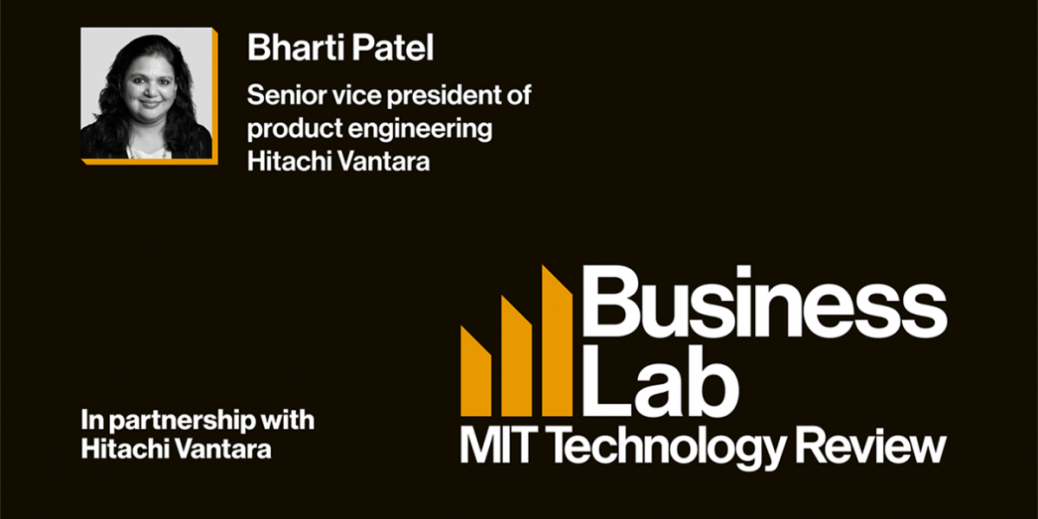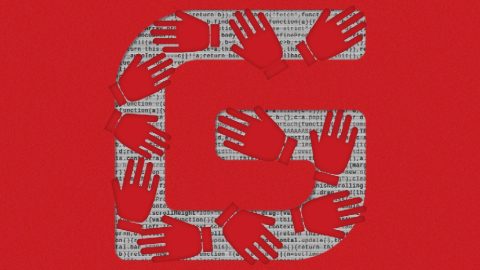
And here again, I have got to say that we want to address in a slightly different manner. I think we want to address it so that customers are able to take full advantage of the elasticity of the cloud, and also they’re able to take full advantage of on-prem environments. And how we want to do it, we want to do it in such a way that it’s almost in a seamless way, in a seamless manner. They can manage the data from their private data centers, doing the cloud and get the best from both worlds.
Laurel: An interesting perspective there, but this also kind of requires different elements of the business to come in. So from a leadership perspective, what are some best practices that you’ve instituted or recommended to make that transition to better data management?
Bharti: Yeah, I would say I think the data journey starts with data planning, and which should not be done in a siloed manner. And getting it right from the onset is extremely, extremely important. And what you need to do here is at the beginning of your data planning, you’ve got to get all the stakeholders together, whether it’s your CIO, your business users, your CTOs. So this strategy should never be done in a siloed manner. And in fact, I do want to think about, highlight another aspect, which probably people don’t do very much is how do you even bring your partners into the mix? In fact, I do have an example here. Prior to joining Hitachi Vantara, I was a CTO, an air purifier company. And as we were defining our data strategy, we were looking at our Salesforce data, we were looking at data in our NetSuite, we were looking at the customer tickets, and we were doing all this to see how we can drive marketing campaigns.
And as I was looking at this data, I felt that something was totally missing. And in fact, what was missing was the weather data, which is not our data, which was third-party data. For us to design effective marketing campaigns, it was very important for us to have insights into this weather data. For example, if there are allergies in a particular region or if there are wildfires in a particular region. And that data was so important. So having a strategy where you are able to bring all stakeholders, all parts of data together and think from the beginning is the right thing to get started.
Laurel: And with big hairy problems and goals, there’s also this consideration that data centers contribute to an enterprise’s carbon emissions. Thinking about partnerships and modernizing data management and everything we’ve talked about so far, how can enterprises meet sustainability goals while also modernizing their data infrastructure to accommodate all of their historical and real-time data, especially when it comes from, as you mentioned, so many different sources?
Bharti: Yeah, I’m glad that you are bringing up this point because it’s very important not to ignore this. And in fact, with all the gen AI and all the things that we are talking about, like one fine-tuning of one model can actually generate up to five times the carbon emissions that are possible from a passenger car in a lifetime. So we’re talking about a huge, huge environmental effect here. And this particular topic is extremely important to Hitachi. And in fact, our goal is to go carbon-neutral with our operations by 2030 and across our value chain by 2050. And how we are addressing this problem here is kind of both on the hardware side and also on the software side. Right from the onset, we are designing our hardware, we are looking at end-to-end components to see what kind of carbon footprint it creates and how we could really minimize it. And in fact, once our hardware is ready, actually, it needs to pass through a very stringent set of energy certifications. And so that’s on the hardware side.
Now, on the software side, actually, I have just started this initiative where we are looking at how we can move to modern languages that are more likely to create less carbon footprint. And this is where we are looking at how we can replace our existing Java [code base] with Rust, wherever it makes sense. And again, this is a big problem we all need to think about and it cannot be solved overnight, but we have to constantly think about interface manner.
Laurel: Well, certainly are impressive goals. How can emerging technologies like generative AI, as you were saying before, help push an organization into a next generation of data infrastructure systems, but then also help differentiate it from competitors?






Recent Comments